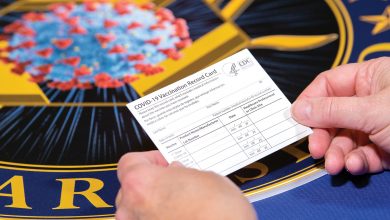The Role of Documentation in Project Management
If it isn’t written down, it could be forgotten or overlooked
One often-overlooked piece of the project management process is documentation. After all, paperwork is known for being tedious, and it doesn’t feel like you are actually doing anything when you spend time filling out action logs and status reports.
Documentation does have a role to play in project managment, however. The reality is that documentation can save the day in many cases when a question or conflict arises during or even after the project’s completion. When something seems to be missing or undone, you will be glad you documented each action taken, by whom it was taken, and when it was taken to quickly evaluate what happened.
Phases of Documentation
The importance of documentation in project management cannot be overstated. Documentation starts before the project does, often with a feasibility report designed to explain how the project will work and whether it can meet cost, time and other requirements. If the project is deemed feasible, the next phase is an overview of the entire project that managers will often use to gain approval to proceed with the project.
A work plan and traceability matrix flesh out the middle phases of the project, while an issue tracker and change document are often needed as supplements to handle problems and difficulties that arise during the project’s execution. At the end of the project, a rollout document may detail how the client will take over management at completion, and contract closure is the final needed element to signify that everything has been completed as agreed upon.
It can be difficult to keep up with all the paperwork needed to manage a project, since it seems less urgent than other parts of the project. You may not even notice that documentation is missing until there’s some kind of problem. But problems do occur rather frequently, so if there’s no documentation when a problem does arise, it will only make things worse. Not to mention, some types of documentation are specifically for legal or tax reasons, so if they are not done properly, there will often be ramifications to deal with in the future. Paperwork diligence in project management is not only wise; in most cases, it is necessary.

Using Tools
Many project managers use templates and pre-made forms for documenting their projects, but the easiest and best way to document is with software made for that specific purpose. The advantages to using software (which could be online or an app) are several: ease of use, scalability for multiple projects, and the ability to analyze data collected and use it to improve your process in the future.
However you decide to document the projects you manage, finding the right balance between thorough and time-sucking is key to the process. A software solution will not be helpful if it is cumbersome to use and doesn’t actually save you time. And for some people, documenting by hand is the only way that makes sense, and their long experience with doing so makes it faster and easier for them.
Florida Tech offers a degree in project management that includes flexible scheduling and a thorough grounding in important leadership skills for project managers. Learn more about our project management degree program and what we have to offer you in this area.





